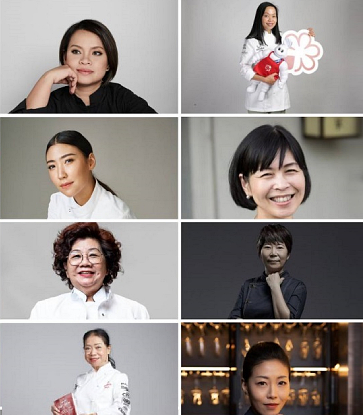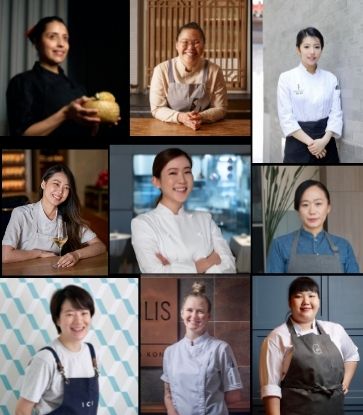
What’s the food memory that has stayed with you all the way from your childhood?
When I was young, I was very curious, and liked eating out and trying everything. It got to a point where my mother made me eat her food just to save money. It’s been more than 30 years but what I remember most are the Thai flavours from back then. Everything was different, even things from a street stall. This is what I try to achieve in my cooking today — it’s a reflection of a memory. At Paste, I want my customers to taste Thai cuisine like I did in the past and have an experience that is true and memorable, full of Thai complexity that cannot be found anywhere else. Thailand has some of the most complex flavour combinations and, at Paste, we use a minimum of 30 ingredients for a lot of dishes.

For me, it’s not about something old being better. What I am trying to do is explore my understanding of Thai food’s elegance, layering and complexity of flavour. Looking to the past is me trying to understand what our ancestors were trying to communicate through their ingredients and flavours, and the occasion they cooked for. They had a main ingredient and all their dishes followed a rhythm of flavour — each dish had its own unique roots.
Who are you inspired by?
For Thai food, I take inspiration from the Snidwongse family cookbook Royal Thai Cuisine and a few private sources. I try to apply their recipes in a contemporary context. It’s a fine balance between old and new as there are boundaries; maintaining the “Thai-ness” of the dishes is what’s most important for me.
Outside of Thailand, I look to Australian chefs like Tetsuya Wakuda, who blend the European technique of cooking proteins with Asian flavours. Also, I spent some time training in Australia and this experience has influenced and allowed me to broaden my vision of what I cook and what my perspective on modern Thai gastronomy is.

Apart from David, Henrik and a few others, Thai cuisine outside of Thailand has been at a standstill for a very long time. There are many reasons for this and one of them is probably due to Thai culture — it can be very complex. There will always be a small number of curious international chefs experimenting with Thai food and I hope that, in the future, Thai nationals will begin to lead the charge in renovating Thai cuisine, especially outside of Thailand. The MICHELIN Guide will help put much more focus on Thai food and local chefs, and I hope that it will give our chefs opportunities to explore and take Thai food international.
What advice do you have for a young chef entering your kitchen or looking to go overseas?
Learn the culinary heritage of Thai cuisine before you start making any modern changes or renovations to the cuisine. A dish that does not breed culture is worthless.



















